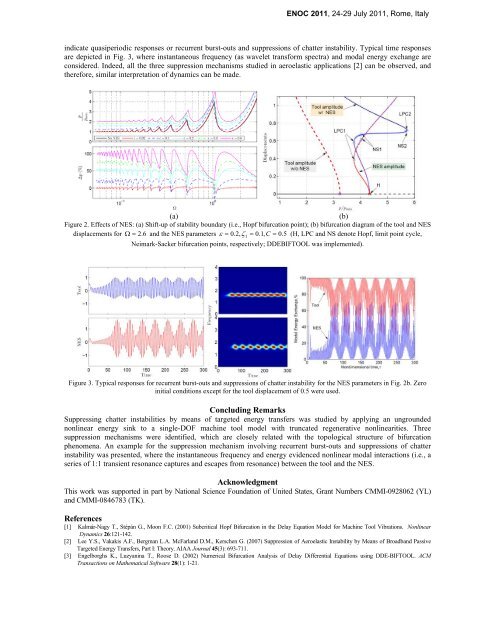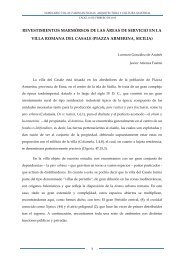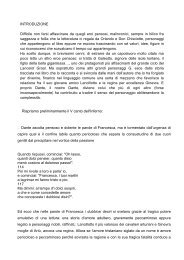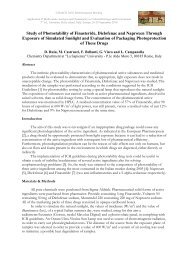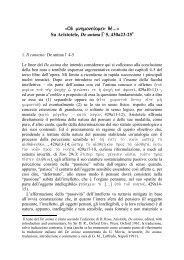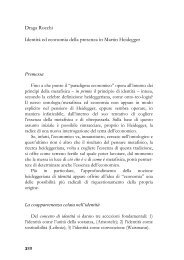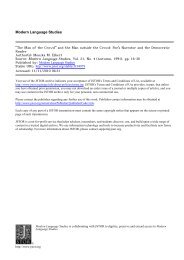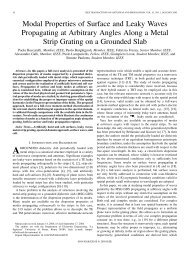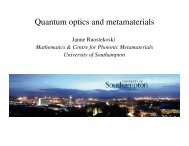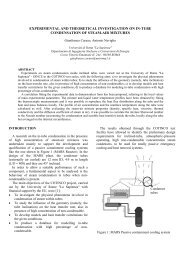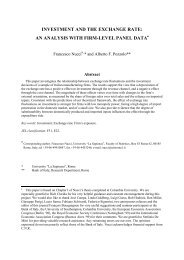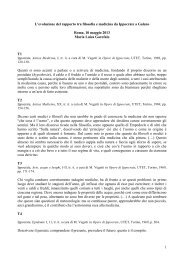Suppressing Regenerative Chatter Instability by Means of Targeted ...
Suppressing Regenerative Chatter Instability by Means of Targeted ...
Suppressing Regenerative Chatter Instability by Means of Targeted ...
You also want an ePaper? Increase the reach of your titles
YUMPU automatically turns print PDFs into web optimized ePapers that Google loves.
ENOC 2011, 24-29 July 2011, Rome, Italy<br />
indicate quasiperiodic responses or recurrent burst-outs and suppressions <strong>of</strong> chatter instability. Typical time responses<br />
are depicted in Fig. 3, where instantaneous frequency (as wavelet transform spectra) and modal energy exchange are<br />
considered. Indeed, all the three suppression mechanisms studied in aeroelastic applications [2] can be observed, and<br />
therefore, similar interpretation <strong>of</strong> dynamics can be made.<br />
(a) (b)<br />
Figure 2. Effects <strong>of</strong> NES: (a) Shift-up <strong>of</strong> stability boundary (i.e., Hopf bifurcation point); (b) bifurcation diagram <strong>of</strong> the tool and NES<br />
displacements for 2.6 and the NES parameters 0.2, 1<br />
0.1, C 0.5 (H, LPC and NS denote Hopf, limit point cycle,<br />
Neimark-Sacker bifurcation points, respectively; DDEBIFTOOL was implemented).<br />
Figure 3. Typical responses for recurrent burst-outs and suppressions <strong>of</strong> chatter instability for the NES parameters in Fig. 2b. Zero<br />
initial conditions except for the tool displacement <strong>of</strong> 0.5 were used.<br />
Concluding Remarks<br />
<strong>Suppressing</strong> chatter instabilities <strong>by</strong> means <strong>of</strong> targeted energy transfers was studied <strong>by</strong> applying an ungrounded<br />
nonlinear energy sink to a single-DOF machine tool model with truncated regenerative nonlinearities. Three<br />
suppression mechanisms were identified, which are closely related with the topological structure <strong>of</strong> bifurcation<br />
phenomena. An example for the suppression mechanism involving recurrent burst-outs and suppressions <strong>of</strong> chatter<br />
instability was presented, where the instantaneous frequency and energy evidenced nonlinear modal interactions (i.e., a<br />
series <strong>of</strong> 1:1 transient resonance captures and escapes from resonance) between the tool and the NES.<br />
Acknowledgment<br />
This work was supported in part <strong>by</strong> National Science Foundation <strong>of</strong> United States, Grant Numbers CMMI-0928062 (YL)<br />
and CMMI-0846783 (TK).<br />
References<br />
[1] Kalmár-Nagy T., Stépán G., Moon F.C. (2001) Subcritical Hopf Bifurcation in the Delay Equation Model for Machine Tool Vibrations. Nonlinear<br />
Dynamics 26:121-142.<br />
[2] Lee Y.S., Vakakis A.F., Bergman L.A. McFarland D.M., Kerschen G. (2007) Suppression <strong>of</strong> Aeroelastic <strong>Instability</strong> <strong>by</strong> <strong>Means</strong> <strong>of</strong> Broadband Passive<br />
<strong>Targeted</strong> Energy Transfers, Part I: Theory. AIAA Journal 45(3): 693-711.<br />
[3] Engelborghs K., Luzyanina T., Roose D. (2002) Numerical Bifurcation Analysis <strong>of</strong> Delay Differential Equations using DDE-BIFTOOL. ACM<br />
Transactions on Mathematical S<strong>of</strong>tware 28(1): 1-21.


